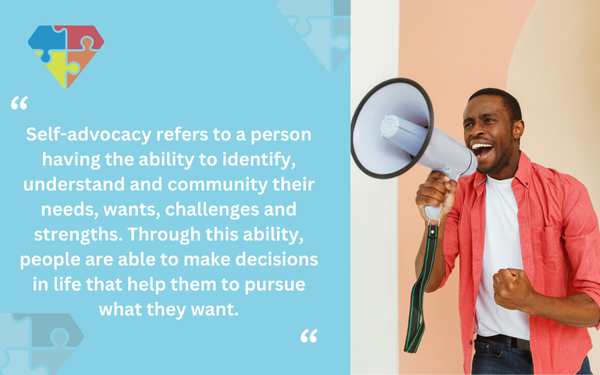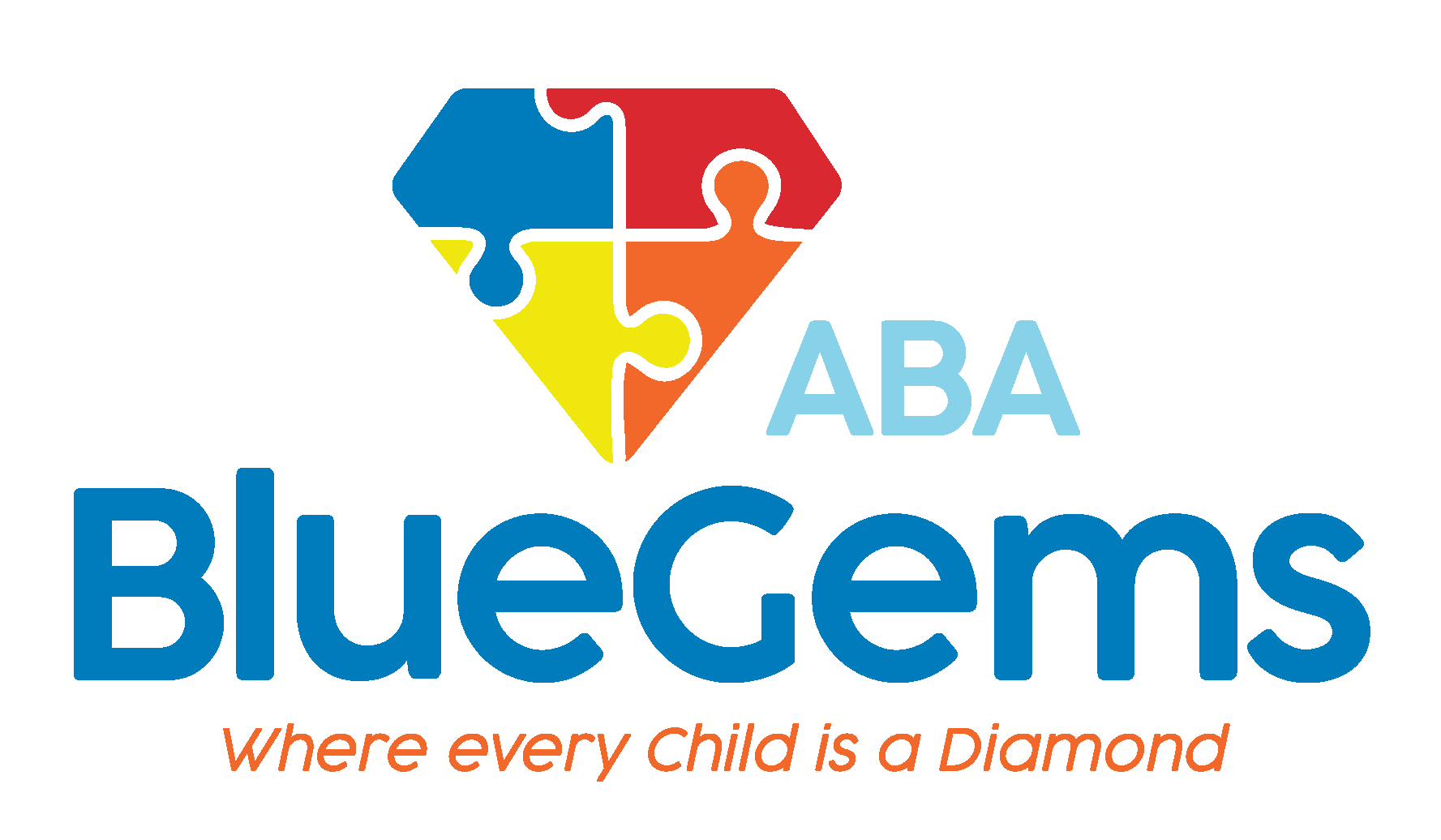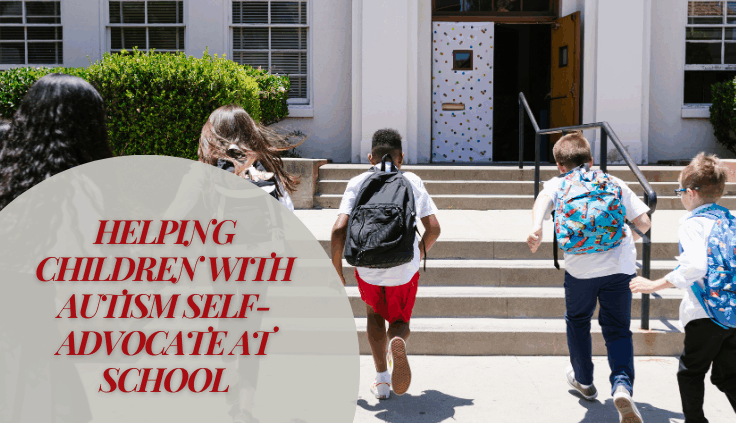Helping Children with Autism Self-Advocate at School
Applied behavior analysis (ABA therapy) is the leading treatment option for children with autism spectrum disorder (ASD). Through targeted early intervention strategies, ABA therapy can help children on the autism spectrum build social, communication and daily life skills they’ll need to advocate for themselves and live independently.
In many cases, ABA therapy is applied from a young age, in clinical settings or at-home environments. Therapists work one-on-one with children to administer treatment plans that were created to specifically target the strengths, challenges and preferences of that child.
While each treatment plan will have different goals, a common one is preparing the child to attend school. To integrate into a school community successfully, children with autism will need to learn to advocate for themselves, communicating their wants and needs.
In this article, we’ll discuss how ABA therapy helps children with autism self-advocate at school.
Table Of Contents
What is Self-Advocacy and Why is It Important?
Self-advocacy refers to a person having the ability to identify, understand and community their needs, wants, challenges and strengths. Through this ability, people are able to make decisions in life that help them to pursue what they want.

Self-advocacy is important for everyone, as it leads to the ability to live as independently and happy as possible. For children with autism, it’s particularly important, since they often have more specialized needs and challenges than their neurotypical peers.
Children with ASD who are able to self-advocate are able to integrate more fully into conventional environments such as classrooms because they can express if they have to use the bathroom, if they’re not feeling well or if they need extra assistance.
Through self-advocacy, children are able to live a life that they determine for themselves, helping them to eventually set goals on their own and then pursue those goals.
What Skills Are Needed to Master Self-Advocacy?
Self-advocacy isn’t a singular skill, but rather a set of skills that one will need to master individually and then use in conjunction. Some of these skills are …
- Self-awareness: To advocate for yourself, you have to first be able to identify your emotions, strengths, challenges, thoughts, preferences, boundaries and needs, among other things.
- Self-regulation: You need to be able to monitor your actions so that you can manage impulses, motivation and stress.
- Making decisions: Awareness and identification must lead to action, and that’s where decision-making comes in. To advocate for yourself, you need to make choices — sometimes between multiple options that are available.
- Solving problems: Solutions aren’t always obvious, so you need to be able to problem solve effectively. Even minor choices take problem-solving skills.
| Skill | Description |
|---|---|
| Self‑awareness | Identifying emotions, strengths, challenges, thoughts, preferences, boundaries, and needs. |
| Self‑regulation | Monitoring actions to manage impulses, motivation, arousal, and stress. |
| Decision‑making | Choosing between available options based on identified wants, needs, and boundaries. |
| Problem‑solving | Finding effective solutions when answers aren’t obvious — even for everyday classroom challenges. |
How Does ABA Therapy Help Children Self-Advocate at School?
ABA therapy will help children with autism build the above skills over time, even far in advance of them attending school. That’s because these skills are so important for children to have, regardless of the environment in which they’ll be.
Once the foundational skills have been obtained, therapists can develop a specific, targeted program to help children with autism self-advocate at school. Much of this will follow similar strategies to how other skills and behaviors are taught, but with a specific focus on the school environment — where the child may have less direct assistance than they do in therapy sessions or even at home.
Effective strategies for teaching self-advocacy include modeling, social stories and role playing. All of these strategies incorporate direct action by the child, whether it’s through observation and mimicking, or through following instructions, for example.
Therapists will create a structure that’s supportive to the child, and will incorporate positive reinforcement so they receive a reward when they attempt the skills and behaviors of self-advocacy.
In time, children with autism will begin to understand that advocating for themselves gets them what they want and need — in most cases — which will encourage them to repeat those behaviors in the future. That’s the basic theory of positive reinforcement in ABA therapy as a whole, and why it’s such an integral part of treatment.
ABA therapy teams can also help set children with autism up for success at school by preparing and involving the school team in advance. This could include setting up an Individual Education Program (IEP) for the child, which could outline their needs and challenges, providing them with extra support and services at school.
Working collaboratively in this way will help children with autism learn how to self-advocate even more effectively.
Blue Gems ABA Teaches Children Self-Advocacy Skills
Advocating for yourself is one of the most important skills you need to master to live independently and to navigate life on your own. Even before you become an adult, though, self-advocacy is essential for getting your wants and needs met, even in early school environments.
At Blue Gems ABA, we teach foundational skills and behaviors needed so children with autism can learn to advocate for themselves. All our treatment plans are built to specifically cater to each individual patient’s strengths, challenges and weaknesses, which results in the best possible outcomes.
To learn more, please contact us today.




